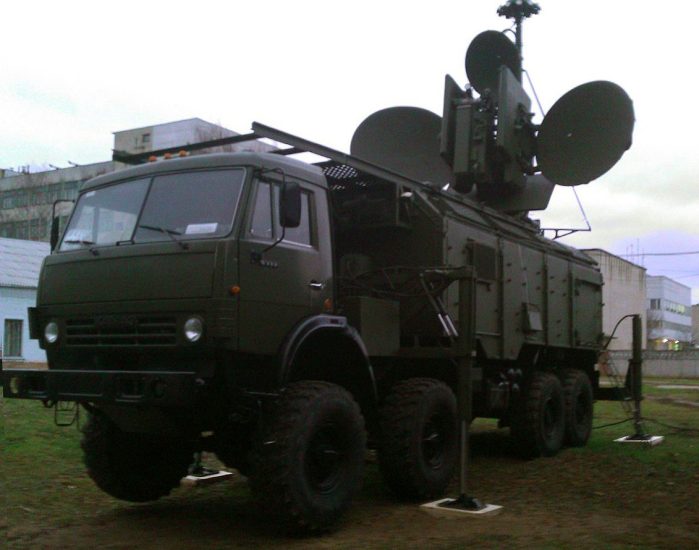A marked superiority in Russian electronic warfare (EW) capabilities, compared with those of Ukraine, is beginning to have a noticeable effect. Ukrainian losses in drones are claimed to be running at somewhere around 2,000 a week, according to informed sources – a figure that seems credible, given the estimate of 10,000+ losses per month issued some time ago by the Royal United Services Institute (RUSI) in London.
Despite the simplicity and the cost-effective nature of the drones that Ukraine is churning our by the thousand – some of them for well under USD1,000 a unit – such levels of loss are unsustainable in the long term. But this is a struggle that Kyiv may well have to face on its own, developing an effective response from its own resources. The West appears loathe to assist in providing EW solutions.
In the United States, for example, a rigidly enforced export control regime prevents the export of almost any advanced EW systems, except in specific circumstances. Elsewhere, the algorithms that govern the behaviour and performance of EW systems are among the most closely guarded of technological secrets in any nation. In combination, these factors make a short term solution in the form of gifted EW systems unlikely. In addition, until recently the potential effectiveness of Russian EW has been seriously underestimated by the West.
Russian EW expertise – and operational art – has been developed over decades, since the height of the Cold War drove Soviet engineers to find methods of countering NATO airpower. Not only have the capabilities of the systems improved beyond measure, the mix of effects has also improved, making it difficult for countermeasures to prevent the seduction, spoofing or jamming of drone control signals and communications. The Ukrainian challenge to overcome Russian capability in this sphere is exacerbated by the scale of issue – there is evidence to suggest a major EW system is currently deployed by Russian forces at a maximum interval of 10km along the entire front. Quantity, indeed, has a quality all of its own.
In addition to causing the loss of significant numbers of drones, Russian EW is having a detrimental effect on the GPS-dependent precision strike capabilities of Ukrainian munitions, ranging from the Excalibur guided 155mm artillery shells to the projectiles launched by the HIMARS multiple rocket launchers. With the use of Russian drones also on the increase – some Ukrainian military sources suggest Russia is deploying twice the number of drones Ukraine is able to field – this section of the battlefield is becoming increasingly uneven and unequal.
Ukraine is dedicating its customary ingenuity to rapidly innovating and deploying countermeasures – including the Pokrova system that disrupts the guidance and navigation systems of attack drones and loitering munitions such as the Iranian-supplied Shahed series of platforms. Progress is also being made in quickly modernising Soviet-era systems using far more recent technology to mount an effective response. The scale of the challenge is daunting, however: absent assistance from the West – perhaps in gathering and analysing intelligence data on Russian EW capabilities and deployment – it seems this is a challenge Kyiv might well have to address solo.
(Image: One of Russia’s foremost electronic warfare developers, KRET, has fielded multiple ground-based new-generation EW systems in recent years. Credit: Concern Radioelectronic Technologies (KRET))
Tim Mahon is Publishing Director, Counter-UAS at Unmanned Publications




